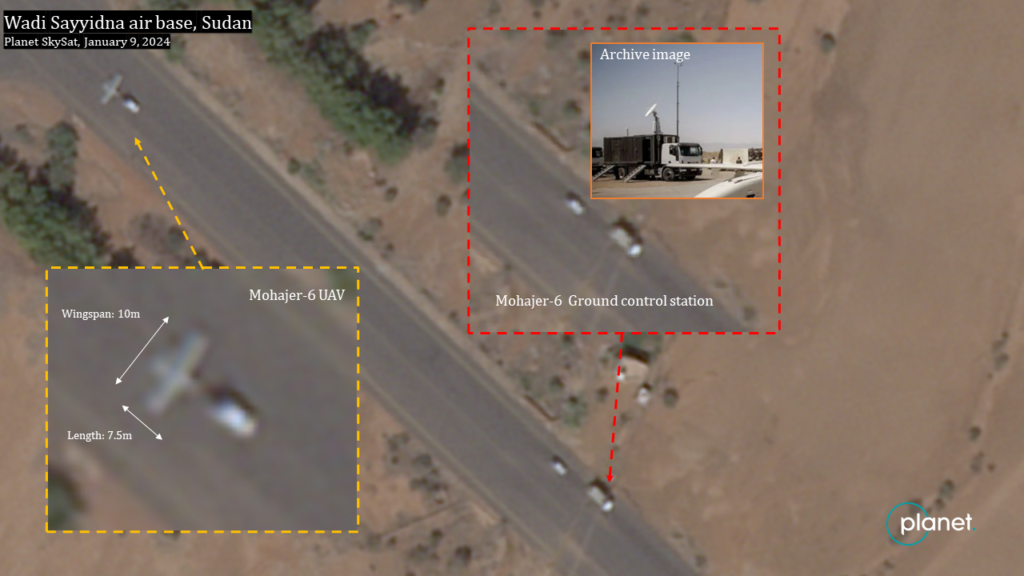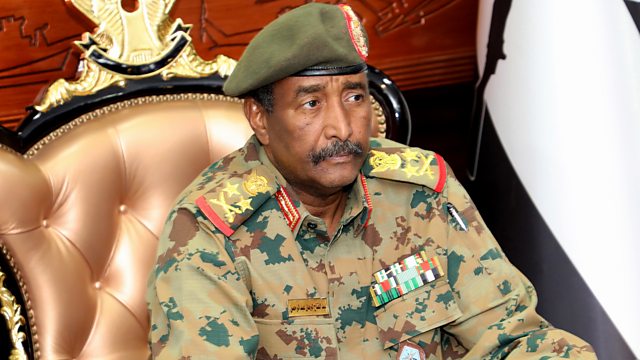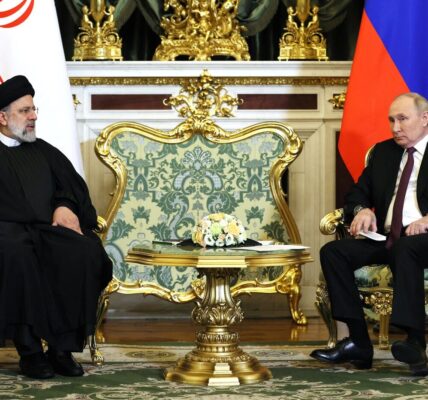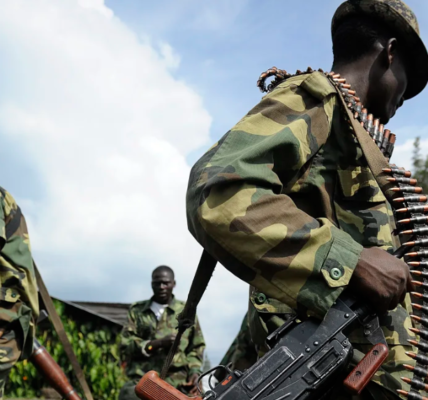
Iran has secretly supplied Sudan’s armed forces with combat drones in a new intervention which risks further destabilising the region.
The Sudanese Armed Forces (SAF) has been equipped with the Mohajer-6, a single-engine unmanned aircraft which can carry up to four air-to-surface missiles and surveillance equipment.
The drone is manufactured in Iran by Quds Air Industries and is already believed to have been used in several battles in the Sudanese conflict.

Iran’s intervention in the nine-month conflict on the side of the country’s armed forces is linked to Tehran’s desire to increase its influence over the crucial Red Sea area.
Sudan has a 400 mile coastline with the Red Sea, an area of crucial geo-political importance and currently at the centre of an international shipping crisis.
The disclosure linking Iran to the Sudanese conflict emerged after President Joe Biden said the US “shall respond” after a drone attack on a military base in Jordan which left three American soldiers dead and more than 20 wounded was blamed on Iranian-backed militias.
Biden said in a written statement that the United States “will hold all those responsible to account at a time and in a manner (of) our choosing.”
Defence Secretary Lloyd Austin said “we will take all necessary actions to defend the United States, our troops, and our interests.”
Iran already spends the equivalent of hundreds of millions of dollars every year supporting and arming several militias and terrorist groups in the Middle East.
It is believed by western Intelligence sources that Iran began equipping the SAF with drones after it lost a large area of territory to the Rapid Support Forces, a paramilitary group allegedly backed by the United Arab Emirates, an adversary of Iran.
The current conflict in Sudan began in April last year when fighting broke out between the army, led by Gen. Abdel Fattah al-Burhan, head of the country’s ruling Sovereign Council, and the paramilitary RSF led by Mohamed Hamdan “Hemedti” Dagalo.

The two sides are battling one another for control of the state and its resources.
The violence has left over 15,000 people dead, 33,000 wounded and displaced up to six million civilians. Several cease-fire agreements brokered by Saudi and US mediators have failed to end the violence.
The disclosure that Iran is providing drones and other material support to Sudan’s army is “widely accepted in the diplomatic community,” said Alan Boswell, Horn of Africa project director for the International Crisis Group.
“Regaining an ally in Sudan, especially along the Red Sea, would be a major win for Iran but will spook other regional and Western powers.”
The US says Iran has already supplied military equipment, including drones to Hezbollah, Hamas, Kata’ib Hezbollah in Iraq, the Houthis and Ethiopia’s army.
Iran’s decision to arm Sudan effectively places Tehran in a proxy war with the UAE, which Sudan’s military, UN experts and Western diplomats say backs the RSF — the rival group now controlling many of the country’s major cities.
The US has previously accused Iran of providing Mohajer-6 drones to Russia in its war against Ukraine. Washington last year expanded its Iran-related sanctions, citing Tehran’s “continued, deliberate proliferation of UAVs enabling Russia, its proxies in the Middle East and other destabilising actors.”
Among the evidence proving the Mohajer-6’s presence in Sudan is a satellite image of the UAV at the Wadi Sayyidna air base north of the capital, Khartoum, according to Wim Zwijnenburg, project leader of humanitarian disarmament at PAX, a Dutch organisation seeking to foster peaceful societies.
The 10-meter wingspan and 7.5-meter length only match the Mohajer-6, Zwijnenberg, a drone expert, said in an interview cited by Bloomberg News. He also identified a radio antenna from a control centre inside a truck on the airstrip as a common sight where the UAV is operated, and said footage shared on social media of the wreckage of a small aircraft shot down in January by RSF fighters clearly showed the tail wing of the drone.
















































































































































































